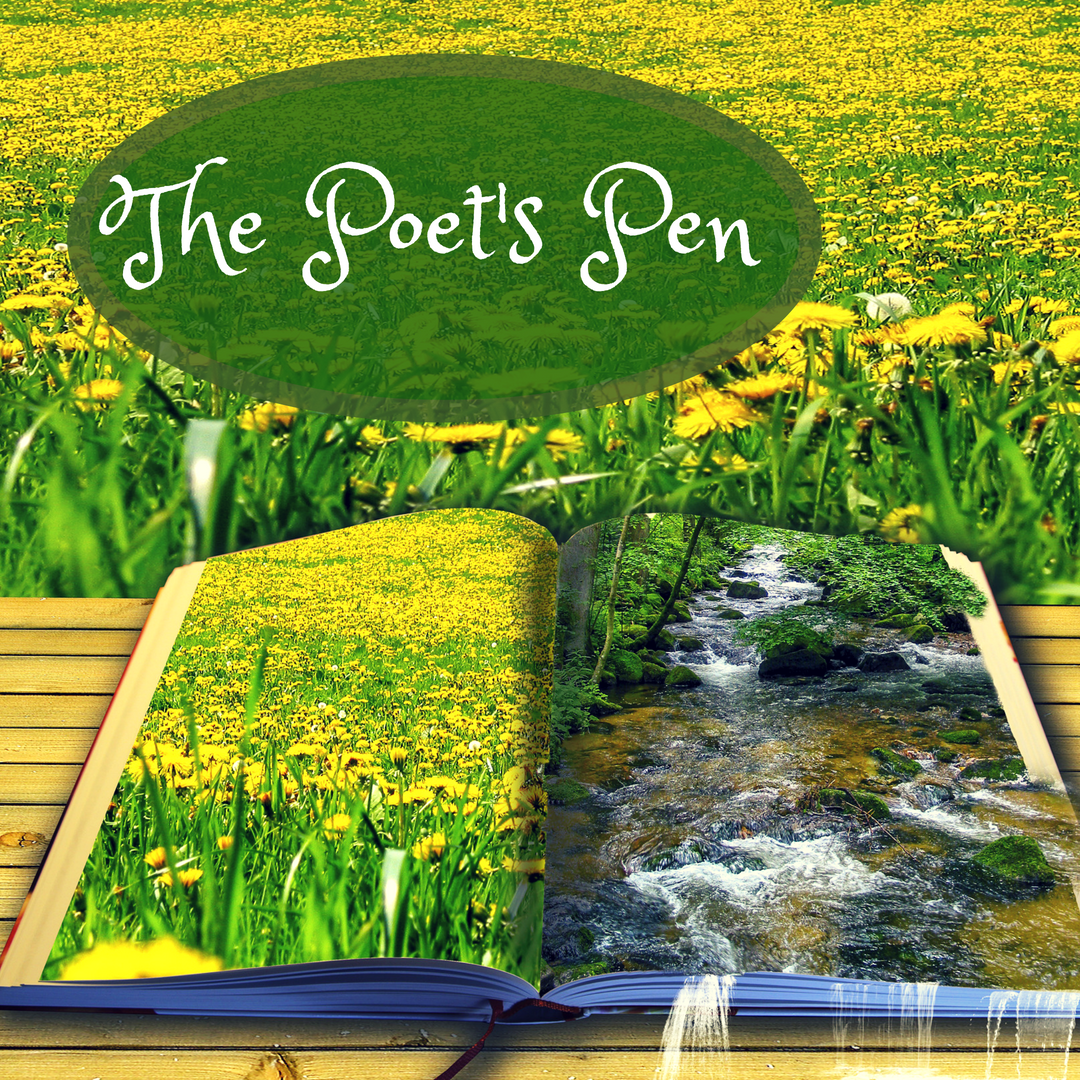
History in the Making
An Unexpected Nugget
When doing research for a historical novel, you may find an unexpected nugget that could add some extra excitement,…
July 20, 2021
When doing research for a historical novel, you may find an unexpected nugget that could add some extra excitement,…
July 20, 2021
A health guru… Stale wheat… A tight budget… This hodgepodge of events would lead to the creation of a…
February 20, 2021
Writers Chat, hosted by Jean Wise, Johnnie Alexander, and Brandy Brow, is the show where we talk about all…
January 30, 2021
Do you want to take your creativity and problem-solving abilities to a new level? Diversify your inputs. Increasing the…
September 8, 2020
Sometimes poets are asked, “Where do you find things to write about?” Everything is a possible subject, although there…
February 13, 2019
It has been nearly Twenty-two years since I became disabled with a traumatic brain injury. Even so, I am…
May 29, 2018